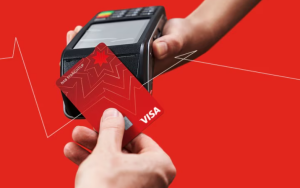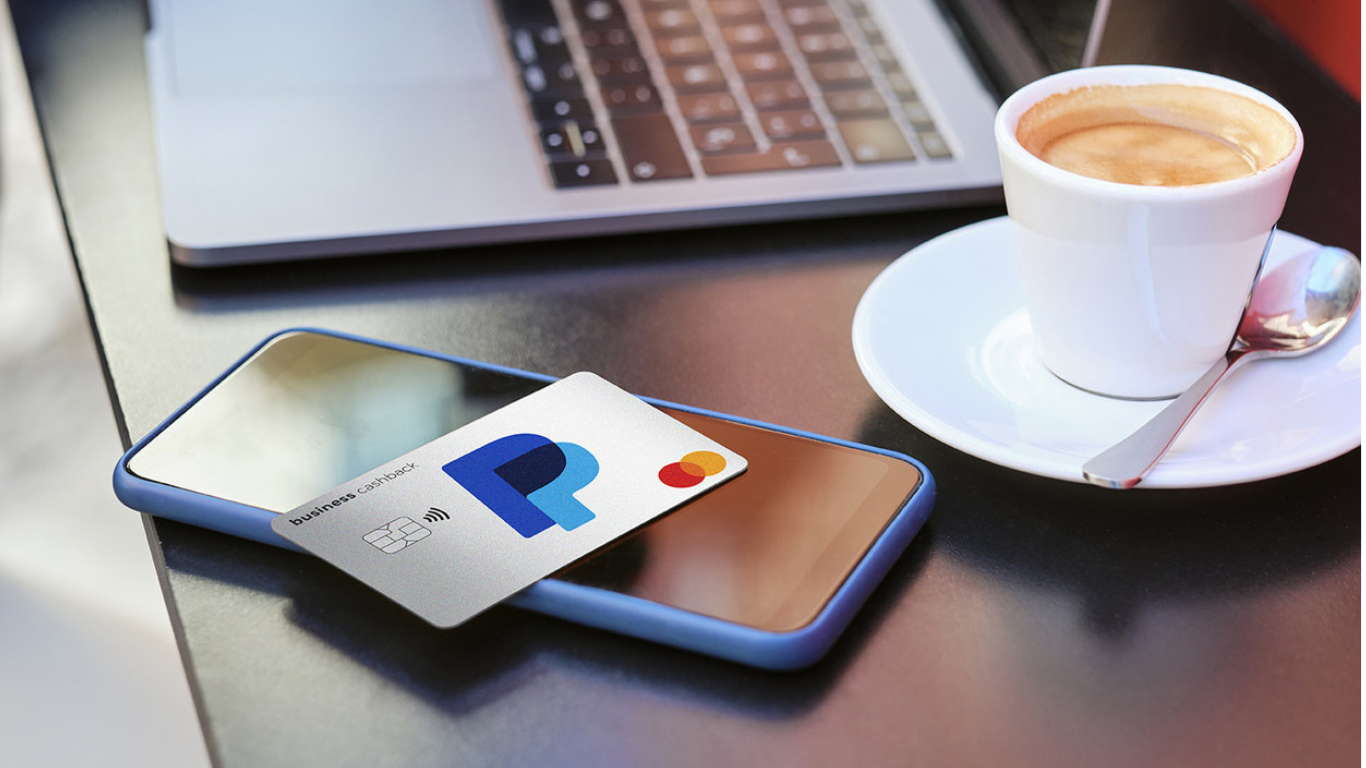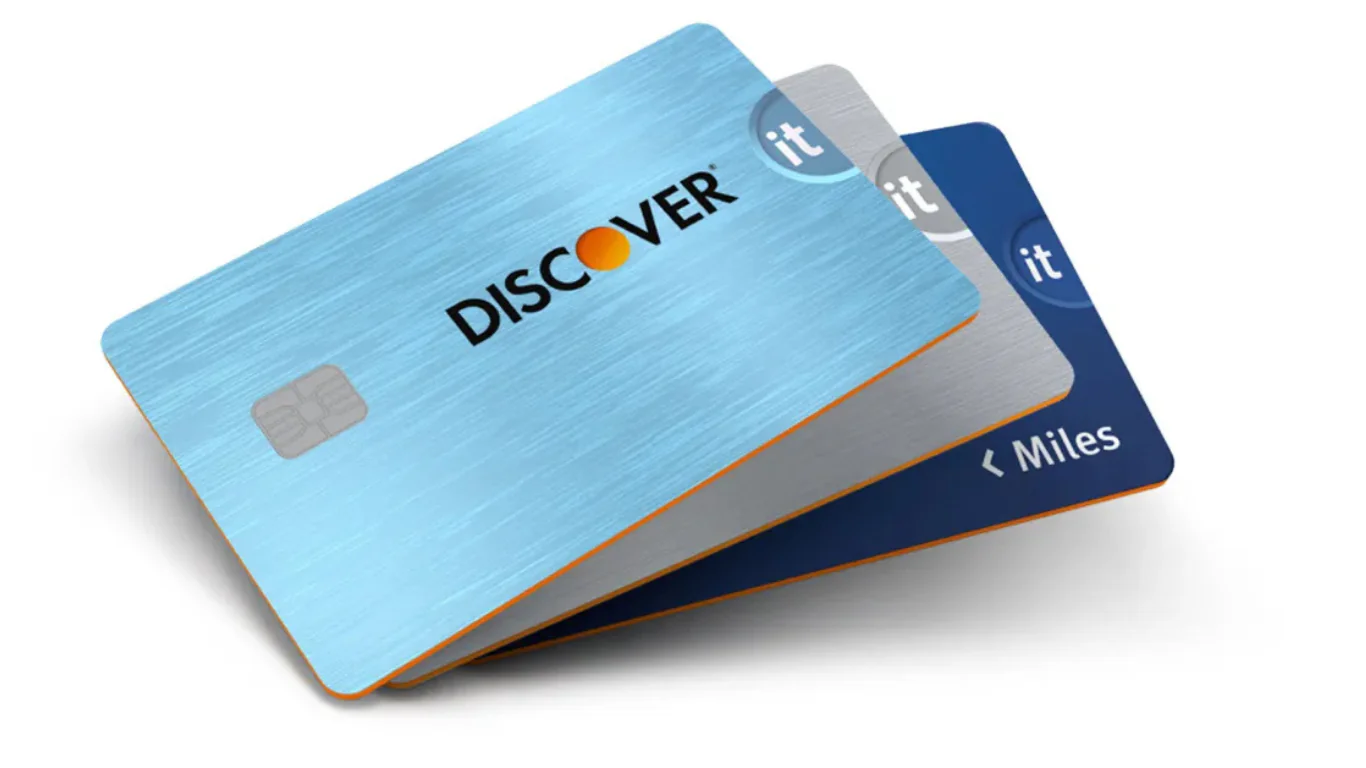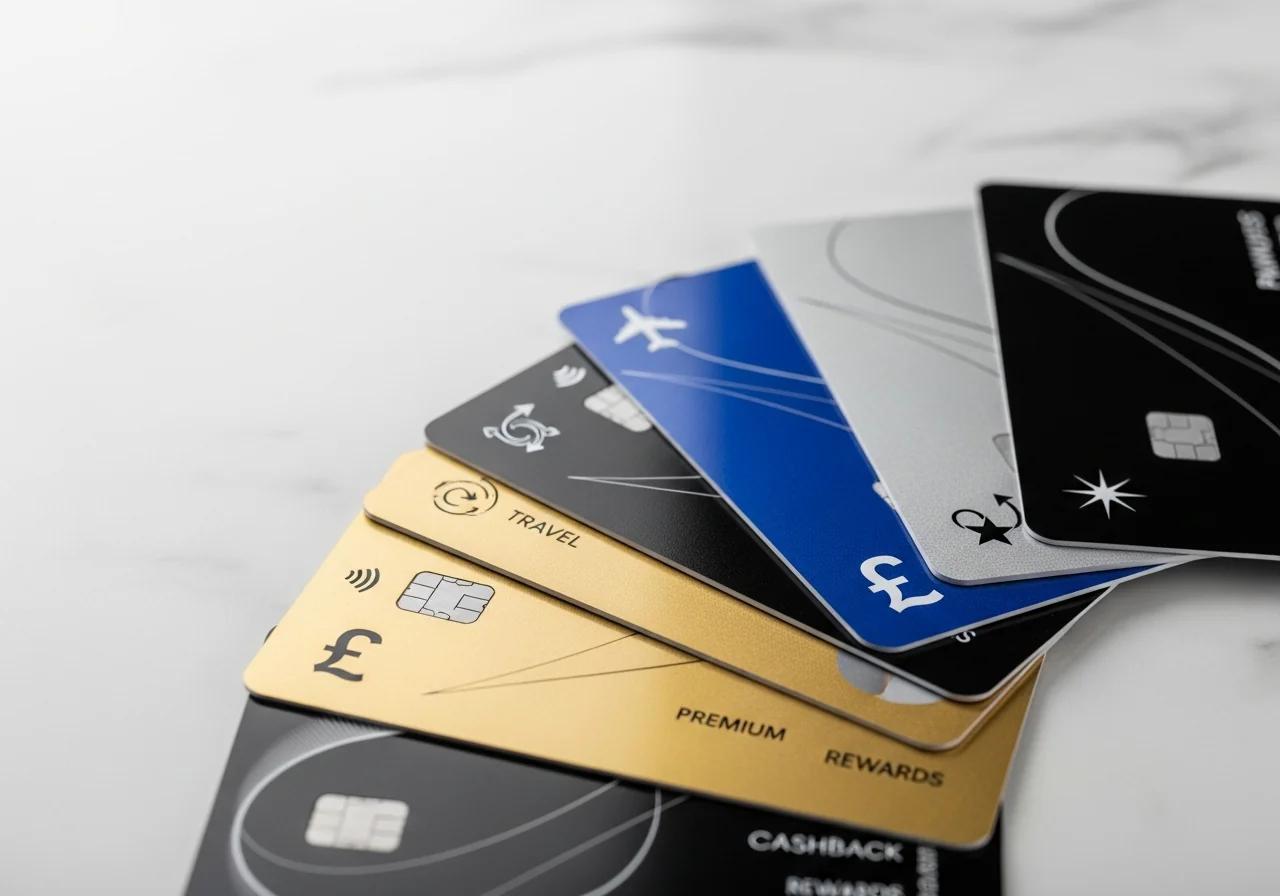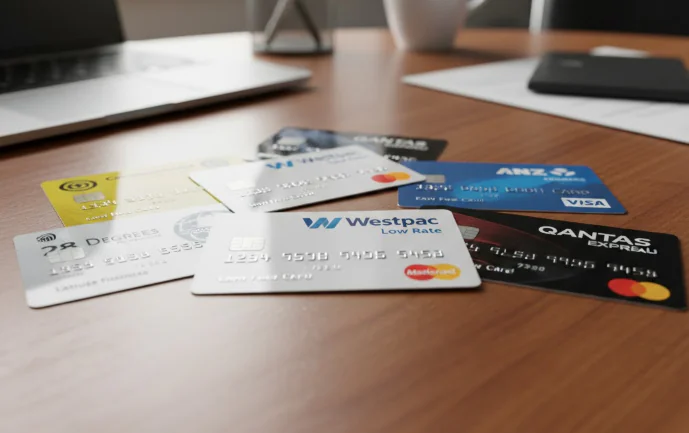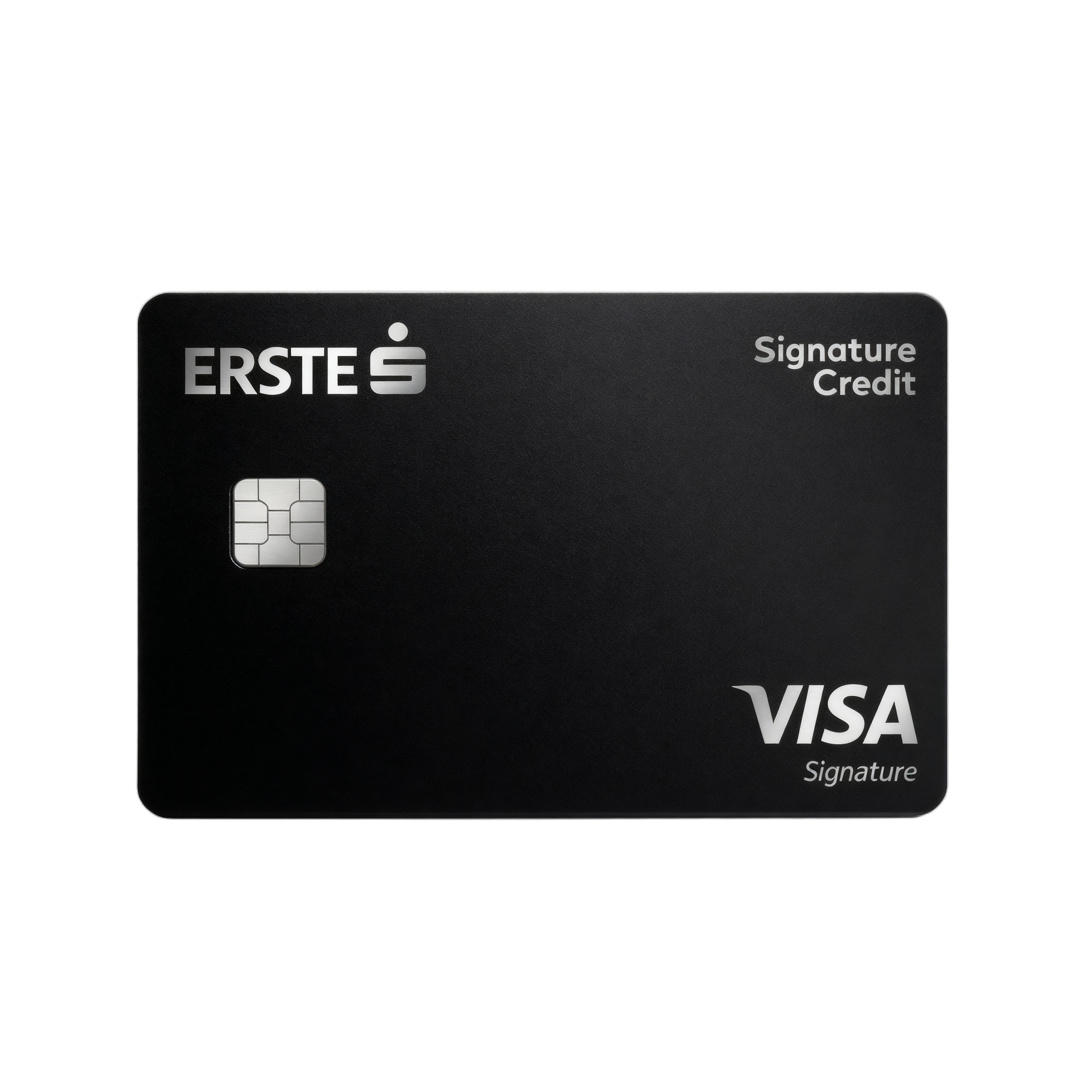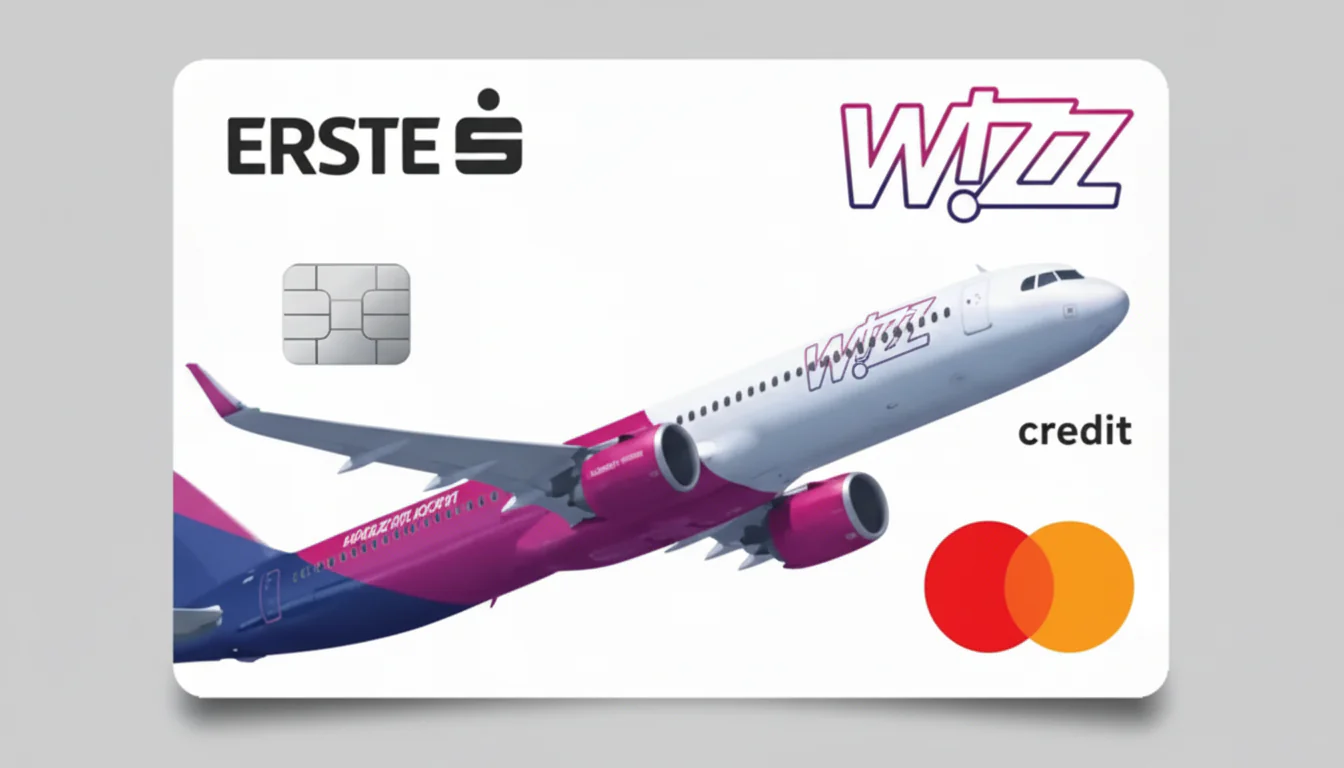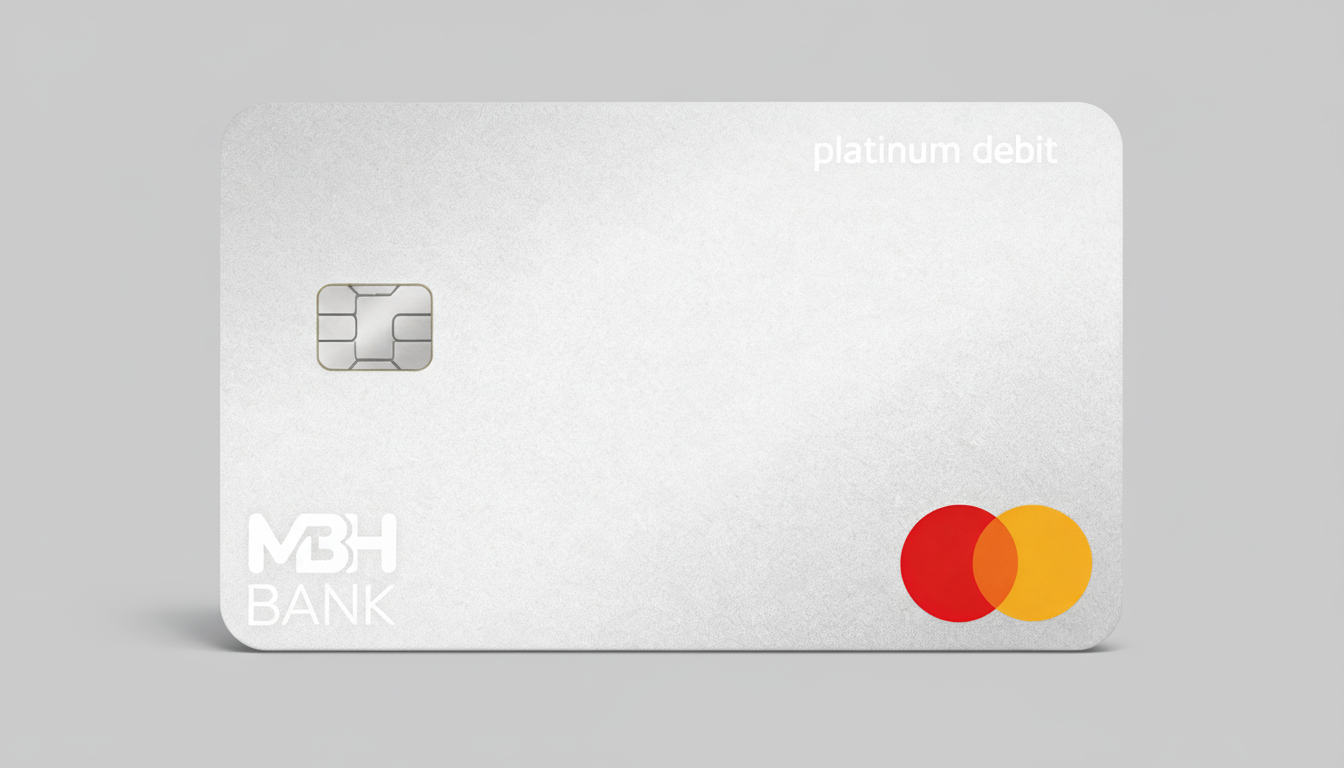Let’s be honest: most of us don’t sit around with a spreadsheet tracking daily interest on a credit card. We buy groceries, pay for a rideshare, maybe book flights, and promise ourselves we’ll “sort it out” on payday.
Then the bill shows up and, surprise. interest has piled on top of interest. That’s the headache the NAB StraightUp Card tries to avoid.
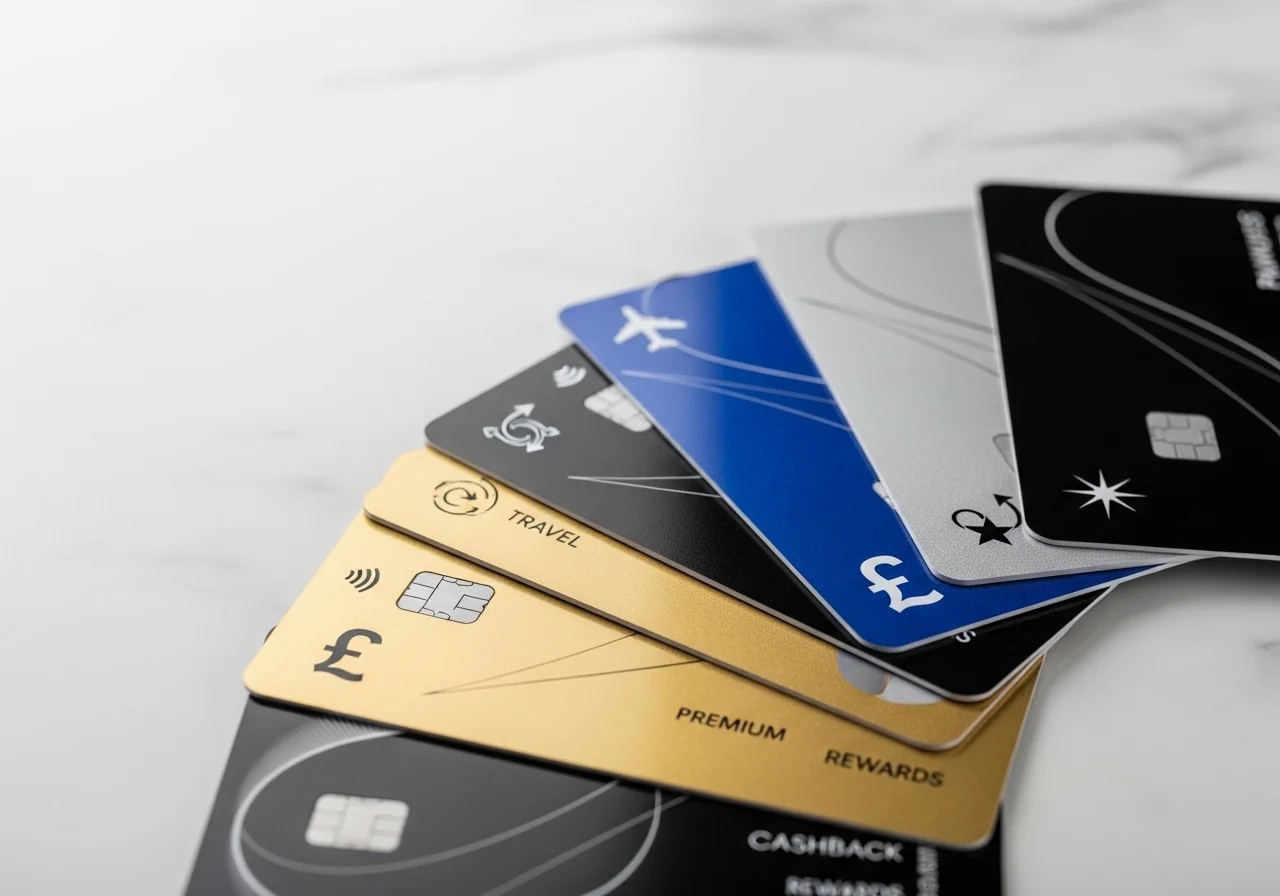
More About Credit Cards
Below, we’ll share articles related to this topic. So, read on:There’s no purchase interest at all. Instead, you pay a flat monthly fee that depends on your closing balance. Simple idea, big difference.
Below, I’ll walk you through how StraightUp works in normal life (not just brochure-speak), who’s likely to come out ahead, where it falls short, and what applying looks like.
By the end, you’ll know whether a fixed fee suits your habits better than the usual percentage rates.
What’s actually different here?
Traditional credit cards charge a purchase rate that compounds. Leave $900 on your card and, quietly, it grows. Miss a month? It grows faster.
With StraightUp, that mechanic is gone. NAB checks your closing balance at the end of the statement period and assigns a single fee:
- $0–$1,000 → $10/month
- $1,001–$2,000 → $15/month
- $2,001–$3,000 → $20/month
There’s no annual fee. The limit tops out at $3,000, and your minimum repayment is the higher of $10 or 2% of what you owe. It’s a proper Visa card—tap it at the servo, add it to Apple/Google/Samsung Pay, manage everything in the NAB app—but your statement reads cleaner: one fee instead of a jungle of interest lines.
If you like to plan the month ahead—rent, bills, a weekend away—you can see the fee coming and decide how much to pay to keep the cost in the tier you want.
A month in the life with StraightUp
Picture January. You pick up a few summer sales, renew a streaming service, grab dinner with friends. End of month, your card shows $1,800. That falls in the middle tier, so your fee is $15 for January.
In February, you chip away at it—say you pay $500. New closing balance: $1,300. That’s still the middle tier, so $15 again. No algorithms ticking over daily. No short-term “honeymoon rate” that evaporates later. Just a flat fee based on the number you see on your statement.
A small but useful trick: if you’re close to dropping into a cheaper tier—say your balance is $1,020—an extra $25 payment before the statement closes takes you under $1,000 and knocks the next month’s fee down to $10. The app’s instant alerts help with this little bit of strategy.
So… is it cheaper?
It depends on how you use it. Many Australian cards hover somewhere between 10% and 23% p.a. for purchases (20% is a common ballpark). That rate compounds, which is why balances feel heavier over time.
Here are three rough-and-ready comparisons:
| Balance carried | Traditional Card (20% APR) | NAB StraightUp | Likely saving |
|---|---|---|---|
| $1,500 for 6 months | ≈ $150 interest | $90 in fees | $60 |
| $2,500 for 6 months | ≈ $250 interest | $120 in fees | $130 |
| $800 for 12 months | ≈ $160 interest | $120 in fees | $40 |
These are illustrations, not promises, but the trend is clear: where balances hang around for a while, no compounding tends to win. The fee doesn’t snowball; it just sits there, the same each month the balance sits in that tier.
If you’re a “pay in full, every time” person, a normal card with an interest-free period often costs $0 in interest—and might throw in rewards. In that case, StraightUp’s monthly fee is paying for certainty you don’t really need.
Who this card suits (and who should probably pass)
You’ll likely get value if you:
- Sometimes carry a balance and hate the guesswork of interest.
- Prefer simple and predictable over complicated but maybe-cheaper-if-you-micromanage.
- Are trying to break the interest cycle or build better habits and want a hard cap on how wild the costs get.
- Are comfortable with a modest limit as a guardrail (max $3,000).
You might be better off elsewhere if you:
- Always clear your statement in full (you’ll still pay the monthly fee here).
- Spend strategically for rewards or points and squeeze every drop from a loyalty program.
- Regularly need a limit above $3,000.
- Want features like cash advances, balance transfers, extra cardholders, or premium perks (think complimentary travel insurance).
No card is universally “best.” This one’s built to tame uncertainty and stop compounding from running the show.
Features you’ll notice day to day
- Visa acceptance, globally. Tap at the supermarket, pay online, or add to your phone wallet.
- NAB app control. Real-time notifications, spend categories, downloadable PDF statements for tax time or budgeting.
- No annual fee. You won’t get stung just for owning the card.
And the limitations, in plain words:
- No rewards or cashback. That’s part of how the pricing stays simple.
- No complimentary insurance or purchase protection. If you want those, look to premium cards.
- No cash advance or balance transfer feature. This isn’t a debt consolidation tool.
- Fee applies if your closing balance sits in a tier, even if you then pay off the full amount right after.
- Foreign transaction fees apply on overseas purchases, as with many basic cards.
- Credit limit caps at $3,000. For some, that’s a safety net; for others, it’s too tight.
How to apply without overthinking it
- Check you’re eligible. You’ll need to be 18 or older, an Australian resident, and have a regular income. NAB assesses under responsible lending rules—income, other debts, and credit history all matter.
- Have your docs ready.
- ID (driver’s licence or passport)
- Income proof (recent payslips or a tax return)
- Employment and living details
- Apply online. Pick StraightUp, choose a credit limit (up to $3,000), and work through the guided form.
- Double-check and submit. A quick review saves back-and-forth later.
- Assessment. Many people see conditional approval quickly; sometimes the bank asks for an extra document or two.
- Card arrives. Usually 5–10 business days. Activate through the app or by phone. You’re set.
Already bank with NAB? That can speed up verification because they know you.
Straight answers to common questions
If I pay in full every month, do I still get charged the fee?
Yes. The fee is tied to the closing balance at statement time. If that’s you, a traditional card with an interest-free period might cost you nothing and could include rewards.
Can I push the limit higher than $3,000?
No. The cap is part of the design. If you regularly need more headroom, look at a different product.
Will StraightUp help my credit?
Used well—on-time payments, low utilisation, account in good standing—it can support your credit profile like any other responsible credit use.
Any other fees I should expect?
Possibly late payment or dishonour fees if a payment bounces, and foreign transaction fees for overseas purchases. There’s no annual fee, and since there are no cash advances or balance transfers, those fees don’t exist here either.
Can I convert an existing NAB card into StraightUp?
You’ll need to apply for StraightUp as a new product. After that, keep or close your old card—your call.
Is it accepted everywhere Visa is?
Yes. Merchants process it like any other Visa credit card.
The short version: should you get it?
Choose StraightUp if what you really want is certainty. You know roughly what your balance will be, and you want a flat cost to match—no compounding, no trapdoors. If you carry small to moderate balances for a few months here and there, it’s a calm, predictable way to finance them.
Skip it if you never carry a balance, you’re chasing rewards, or you need a larger limit. In those cases, a traditional card (ideally one with a decent interest-free period and perks you’ll actually use) makes more sense.
Either way, the boring basics do the heavy lifting: pay on time, watch your spending, avoid debt you don’t need. Tools help, but habits win. If StraightUp’s flat-fee model keeps things clear enough that you stick to the plan, that clarity alone might be worth more than any points haul.
